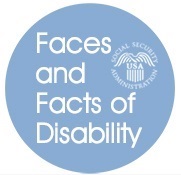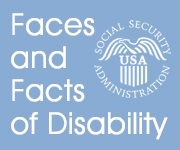The Congressional Research Service is out with a
report on the concurrent receipt of Social Security disability benefits and unemployment insurance benefits. The report is superficial but it does contain an estimate from Social Security's Chief Actuary that only about 0.39% of Social Security disability recipients also receive unemployment benefits. In other words, it's a tiny problem. Doing something about it wouldn't save much money.
The report doesn't deal with the considerable technical problems in implementing an offset. Many states now have an offset that goes in the opposite direction, reducing unemployment insurance for Social Security disability benefits. How do you avoid a double offset? Similarly, Supplemental Security Income (SSI) benefits are already reduced for the receipt of unemployment benefits. Many people receive both SSI and Disability Insurance Benefits (DIB). Add an offset to DIB and you're doubly offsetting the same benefits. And there's the tax issue. Yes, the tax issue. Unemployment benefits are fully taxable. Social Security disability benefits usually aren't. If you have an offset that goes one way in some states and another one in other states, you have to add a provision to the Internal Revenue Code to equalize treatment. You say that you can't imagine that kind of provision in the Internal Revenue Code? Well, we already have such a provision in the Internal Revenue Code to equalize treatment between states that have a regular workers compensation offset and those which have a reverse offset. Here's I.R.C. 86(d)(3), for your reading pleasure:
For purposes of this section, if, by reason of section 224 of the Social
Security Act (or by reason of section 3(a)(1) of the Railroad
Retirement Act of 1974), any social security benefit is reduced by
reason of the receipt of a benefit under a workmen’s compensation act,
the term “social security benefit” includes that portion of such benefit
received under the workmen’s compensation act which equals such
reduction.
Overall, it's questionable whether this sort of offset would even save money once you factor in the costs of administration. It's got superficial appeal but it's a dumb idea in my opinion.

